The Mercedes-Benz G-Class could be tough enough to cross the entire country off-road. We find out if it's doable.
Is it cheating? It feels like it might be cheating.
We have a plan, see, and it is this: to drive from one side of Britain to the other. No big deal. Even at its widest, to go from west Wales to East Anglia, you could be looking at a 400-mile journey.
Which wouldn’t necessarily be a problem, were the plan to use public roads. There’d be some B-roads and a spot of M4, M25 and A12 and the job would be about done.
But what I’d like to do is drive from one side of this scepter’d isle to the other without using the public highway at all. And you can’t cross Britain without using public roads, you see, if your route includes the home counties, as you’ll know if you’ve ever tried to find a Byway Open to All Traffic in Oxfordshire.
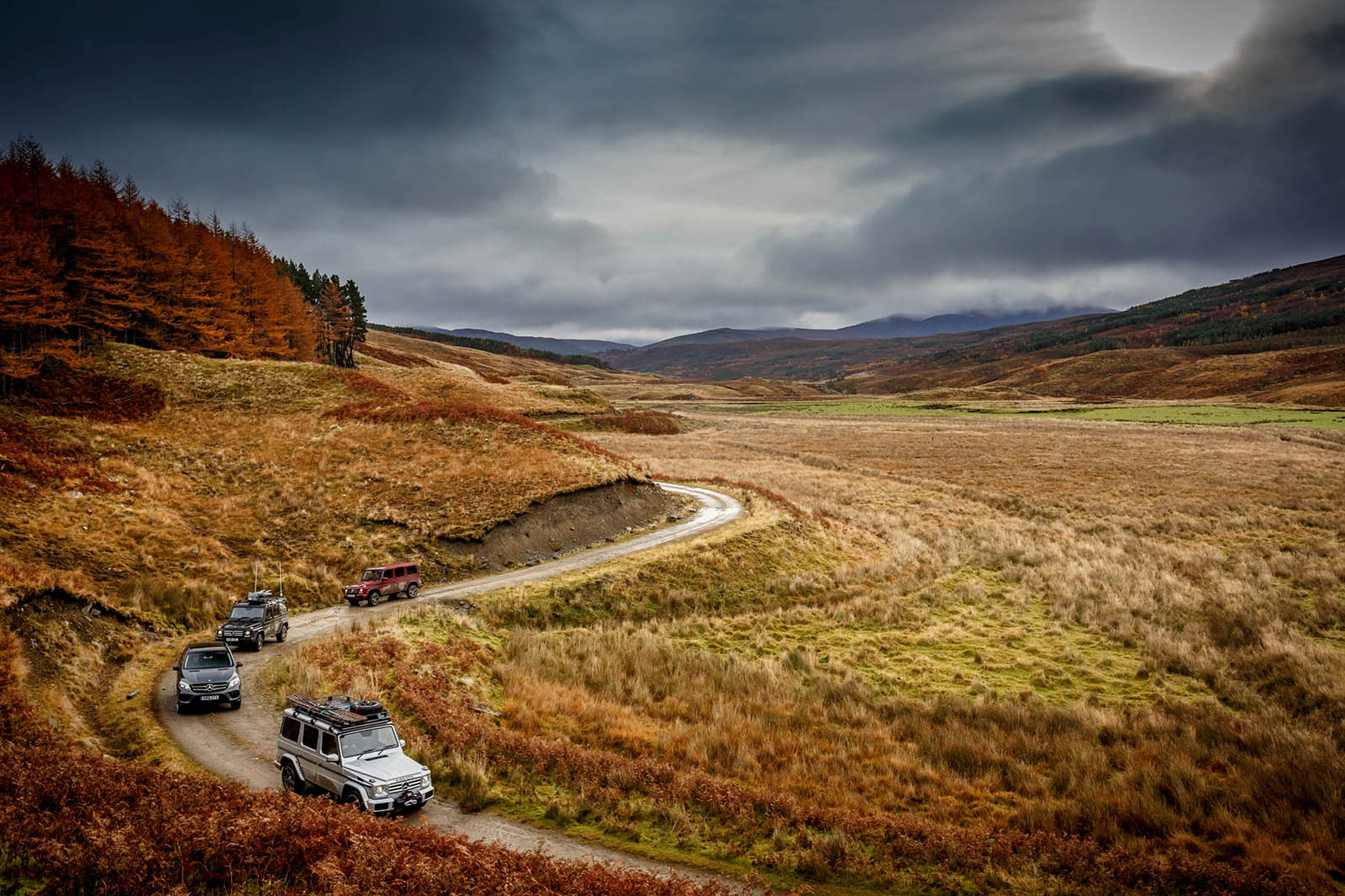
So we’re going further north, to where Britain is narrower. Half an hour north of Inverness, in Scotland, is about as far north as you can go before it would definitely be cheating; driving from one side of John O’Groats car park to the other isn’t ‘coast to coast’. Up here, the width of our island is more baton or twig than sceptre, so there’s far more chance of success.
In this part of Scotland, getting from coast to coast is no more than about 65 miles, especially if you start, as I’m doing, in a location that looks slightly inland of the very eastern edge – albeit still connected to the sea – on the shores of the Cromarty Firth. The plan is to head west from here, all off road, until we finish near the west coast at Ullapool, on the banks of Loch Broom, also within sight of the sea.


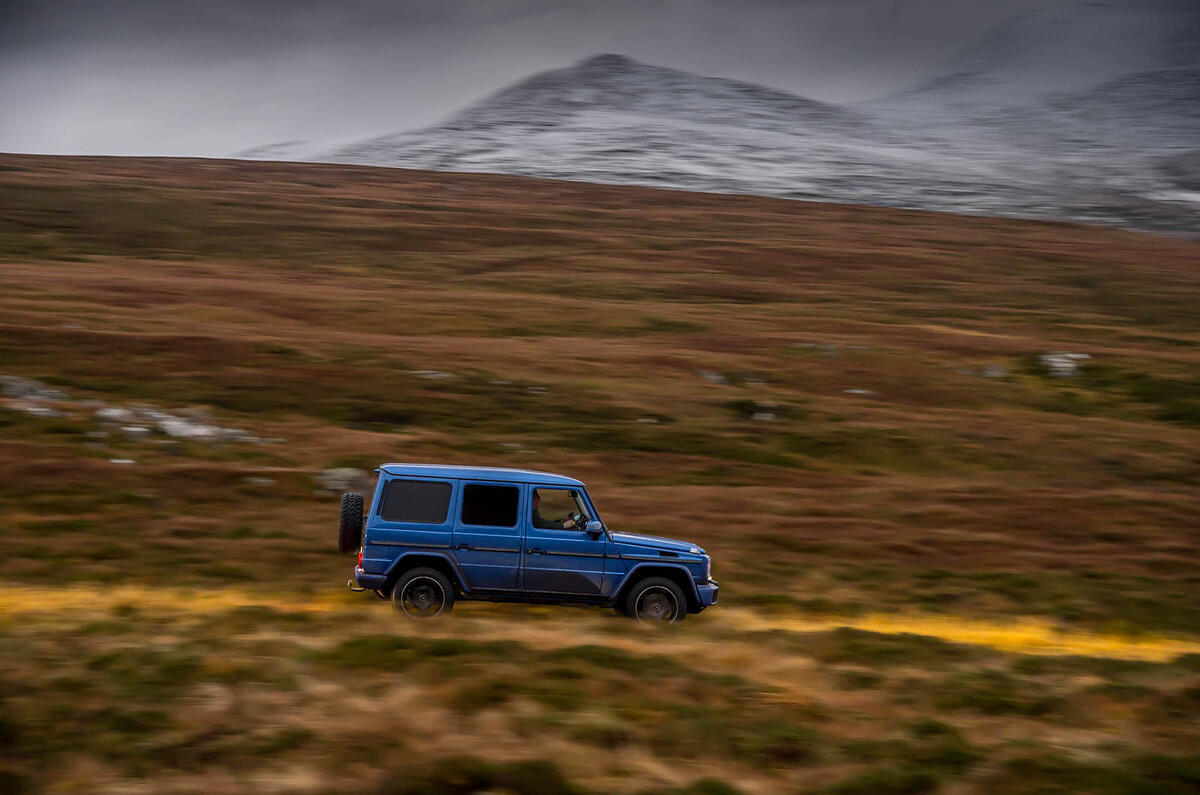

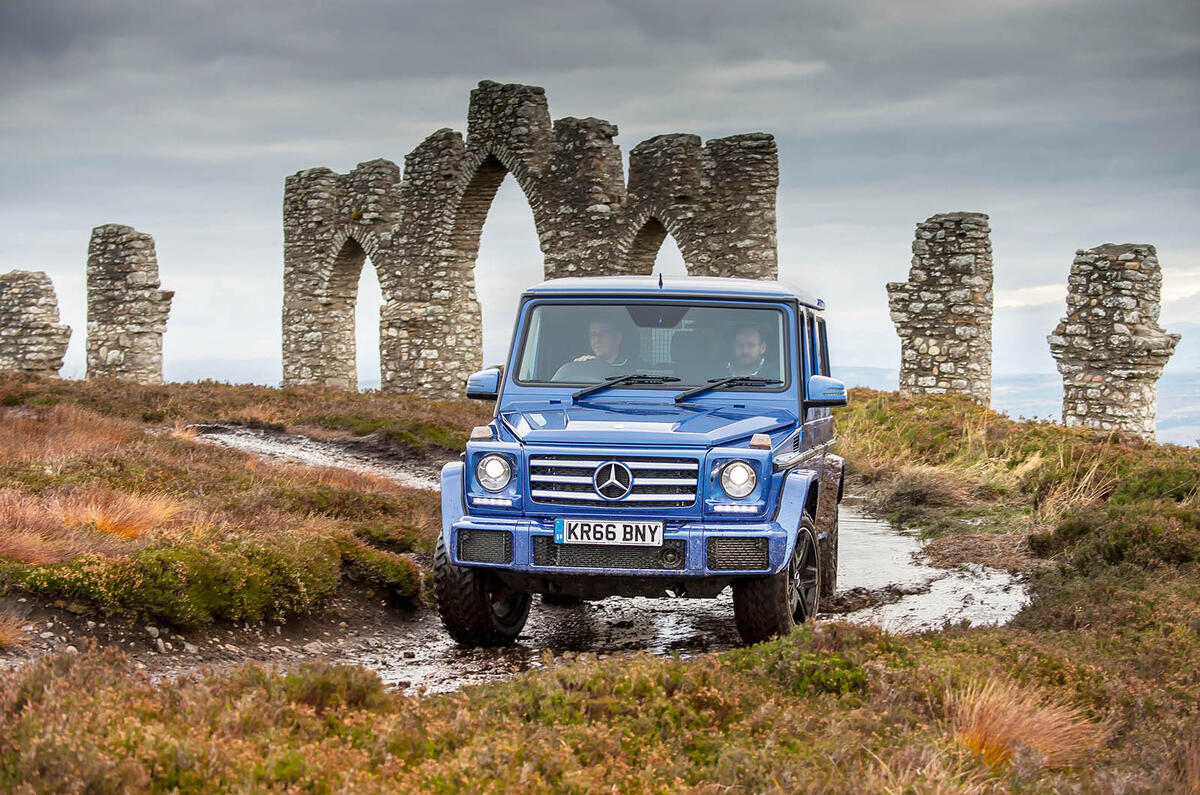
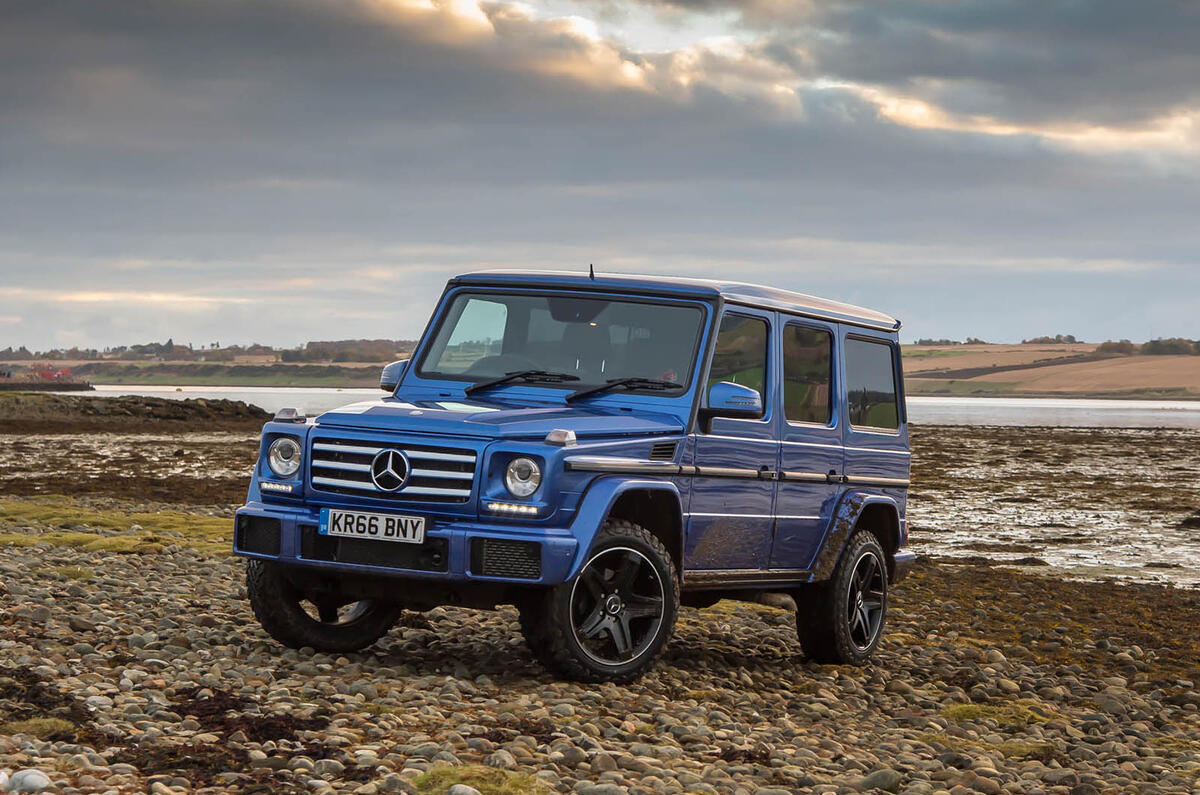
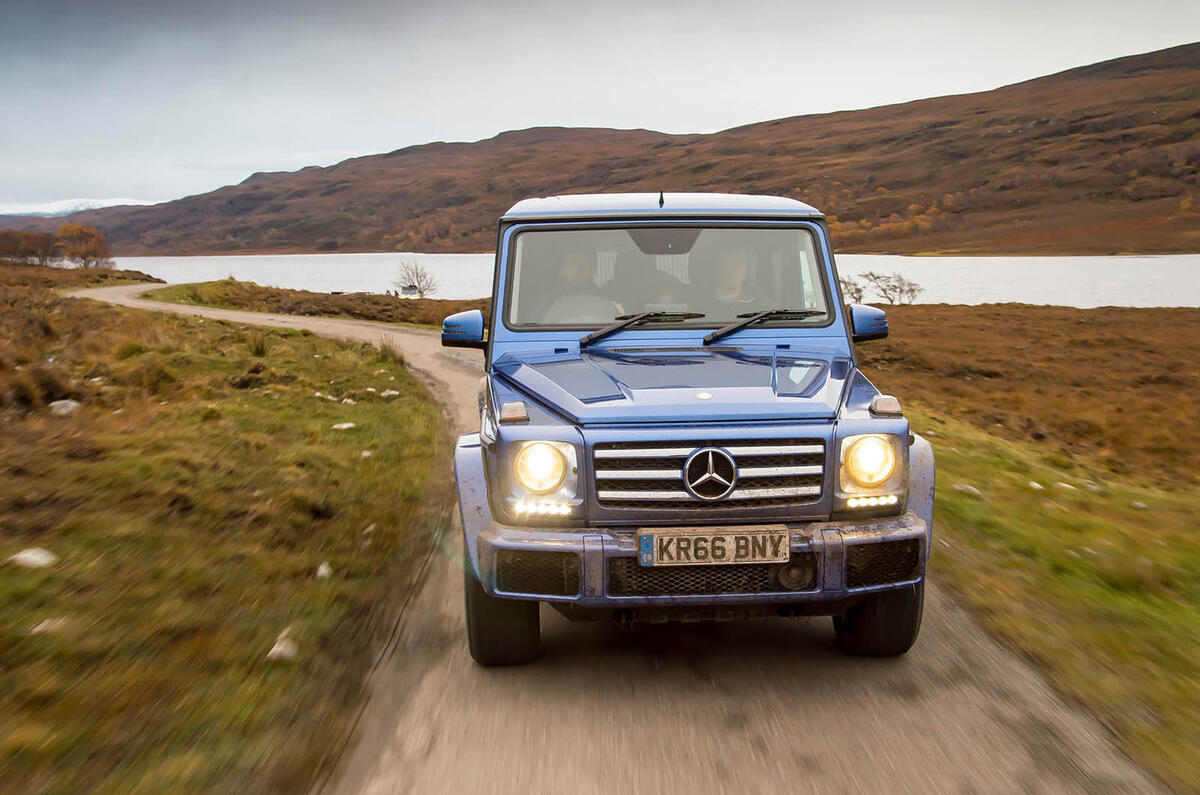

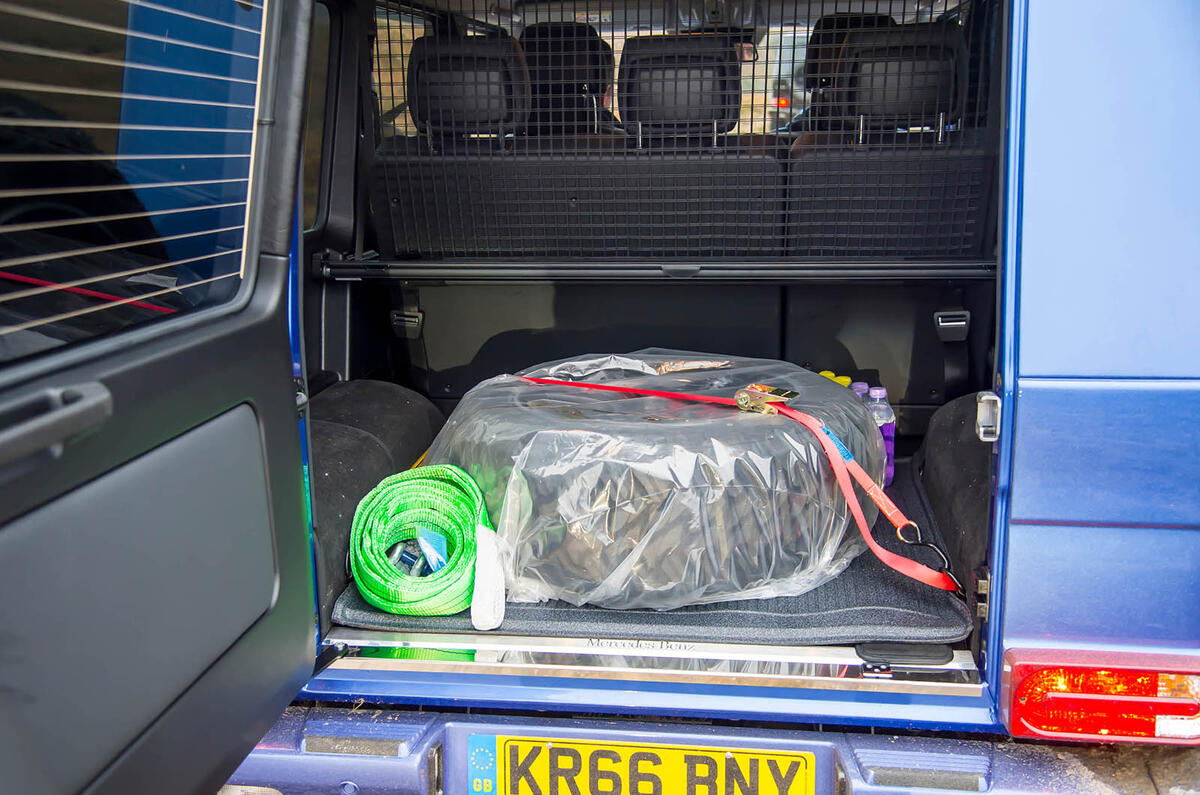

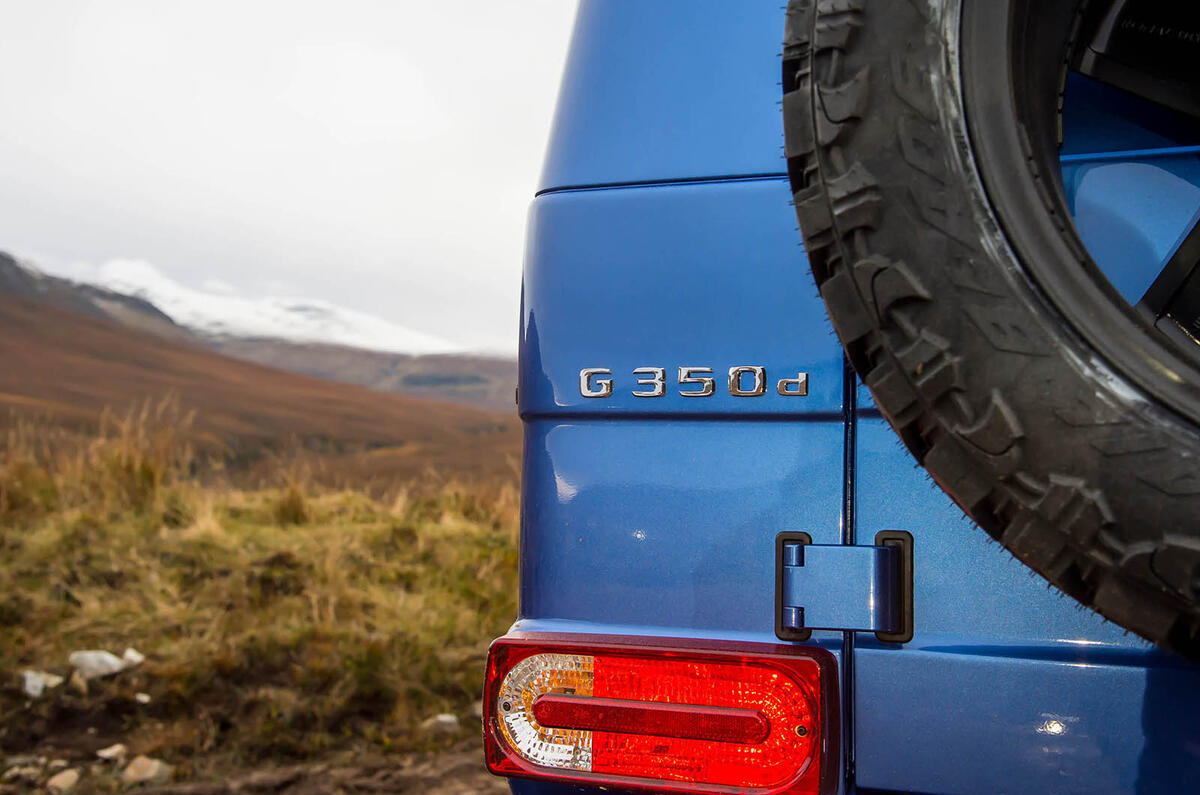
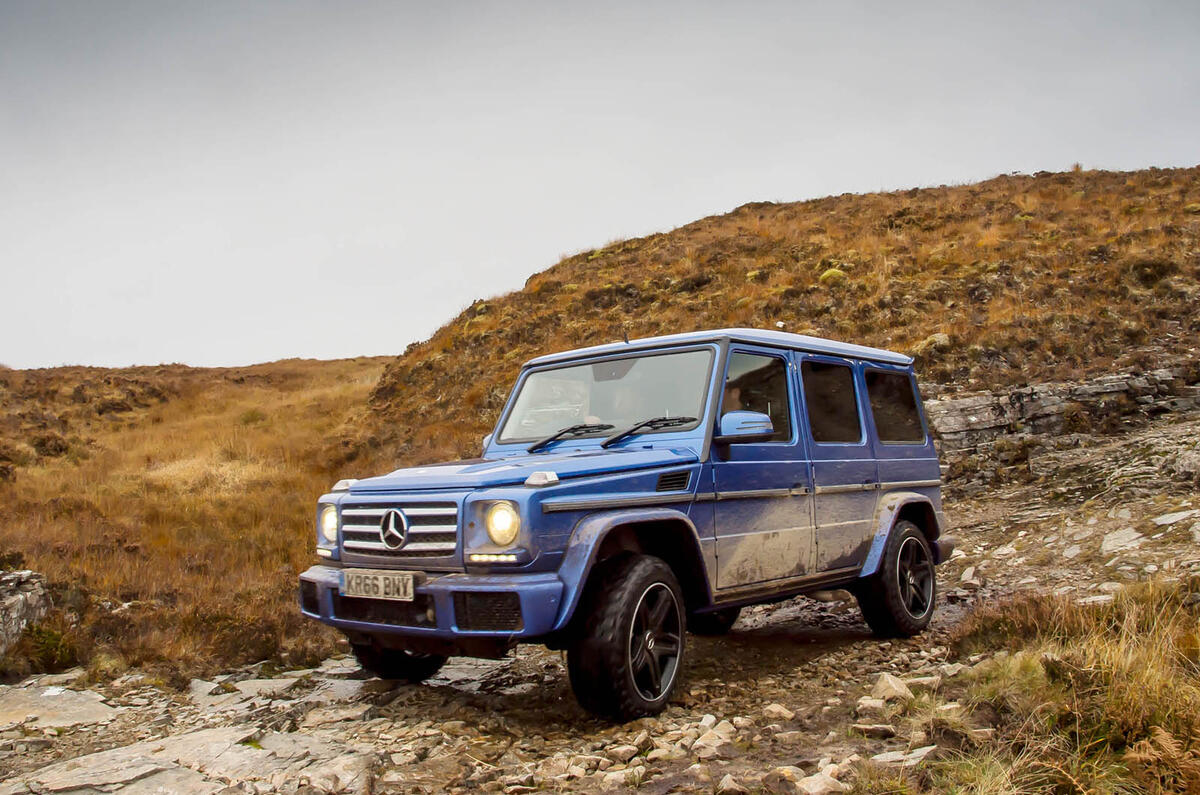
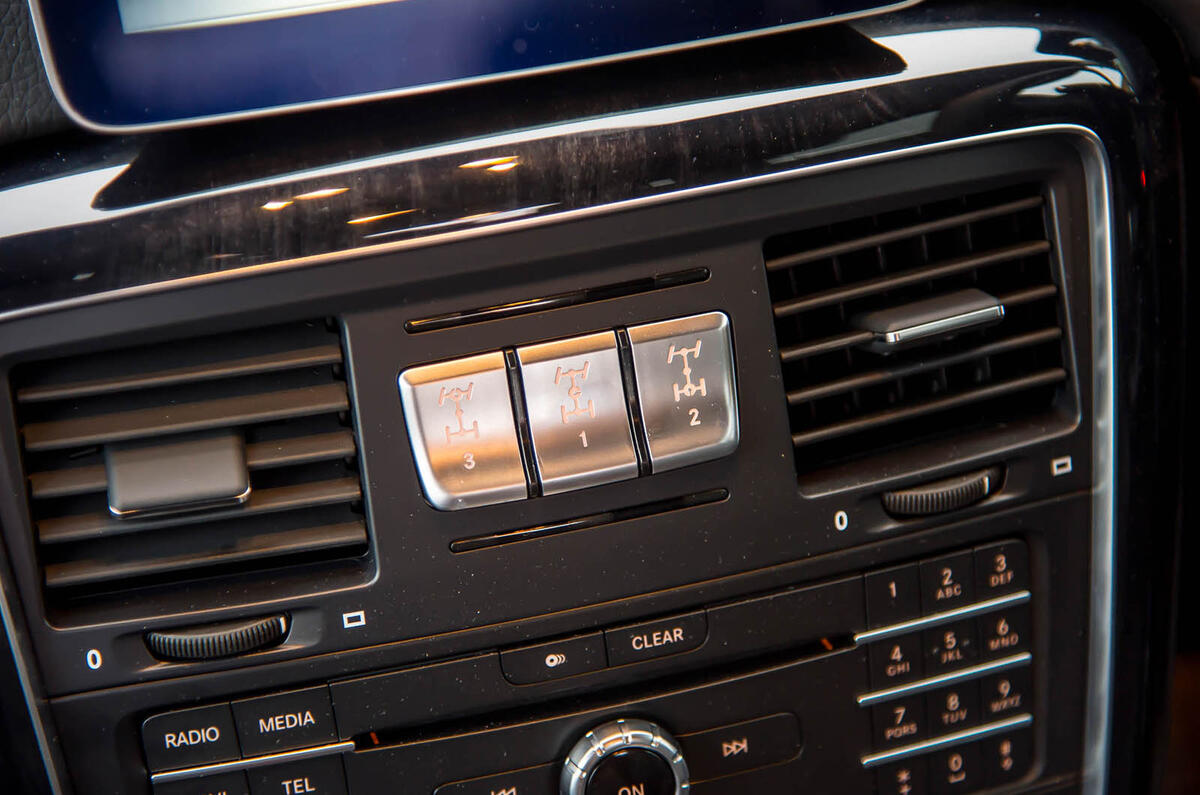
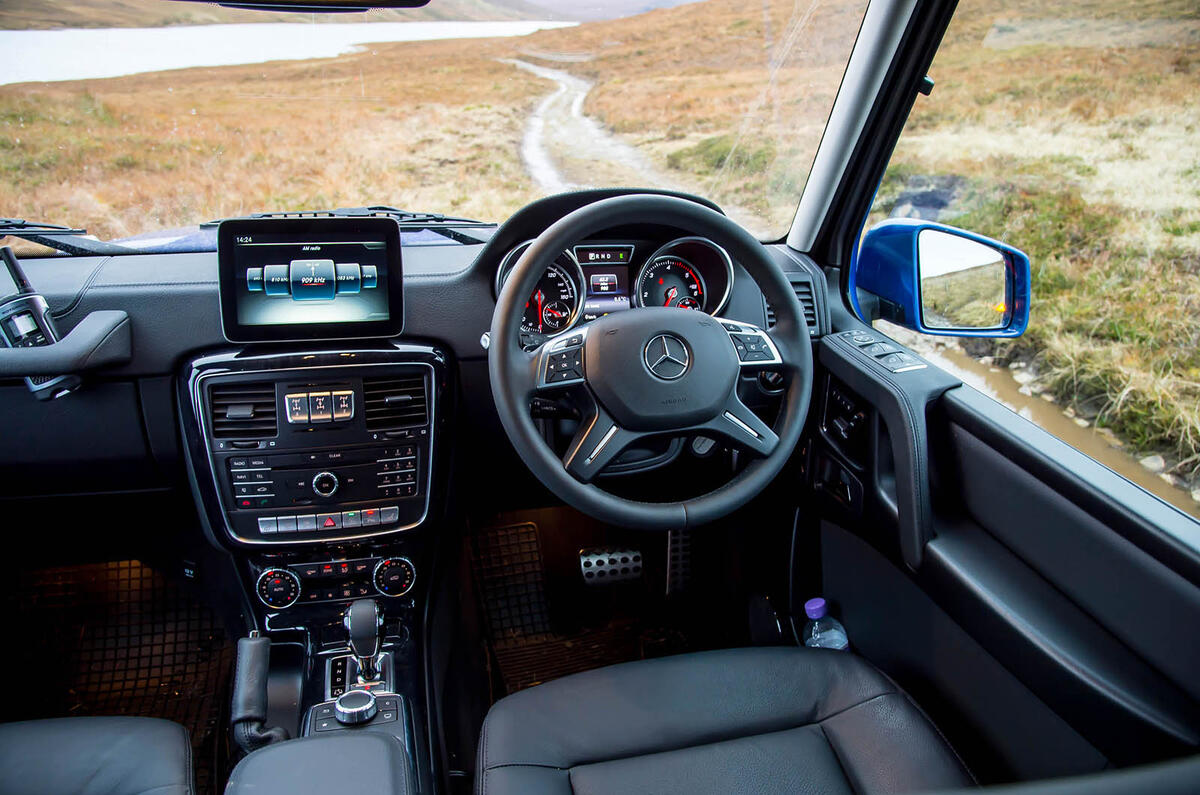

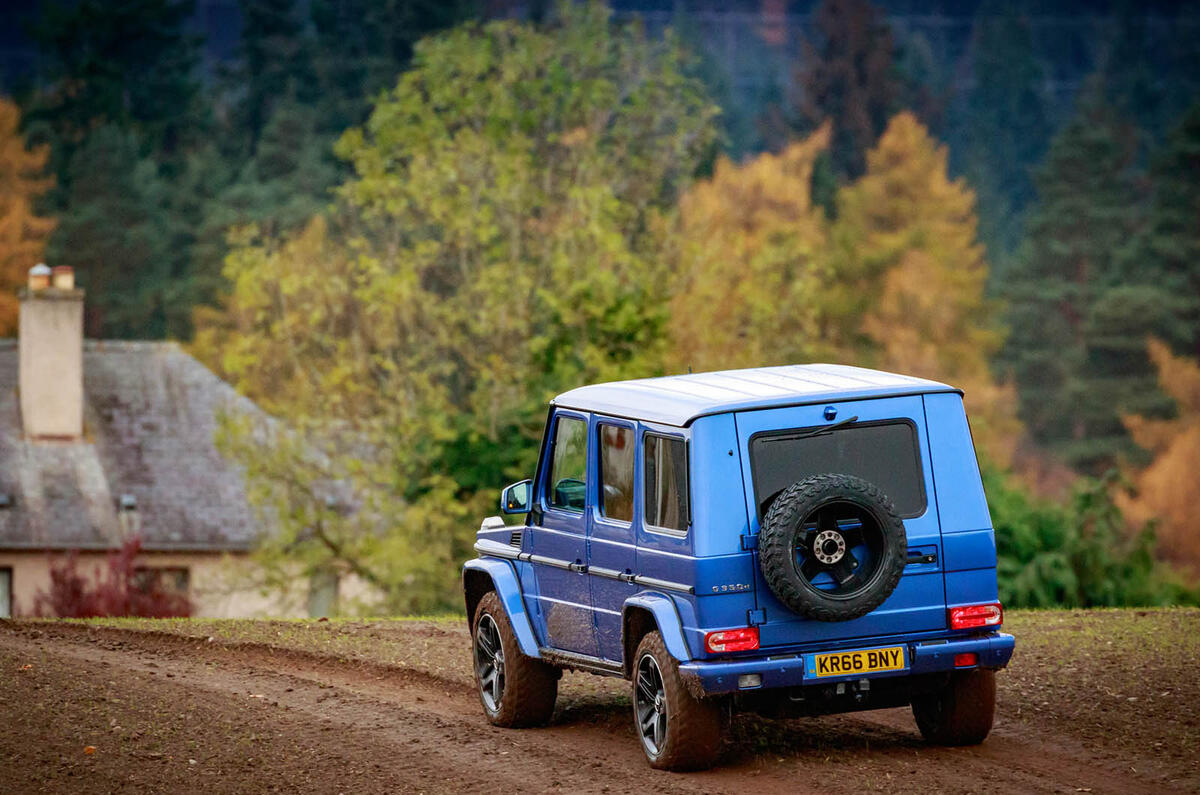


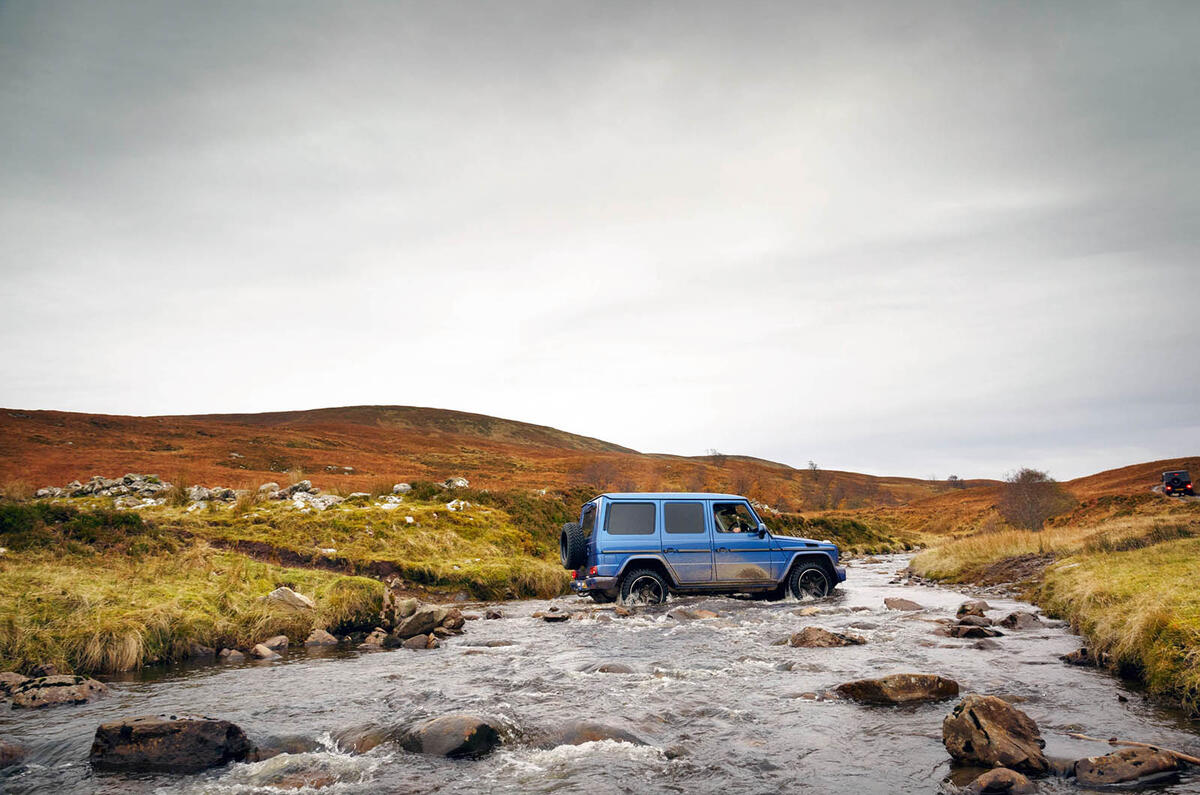

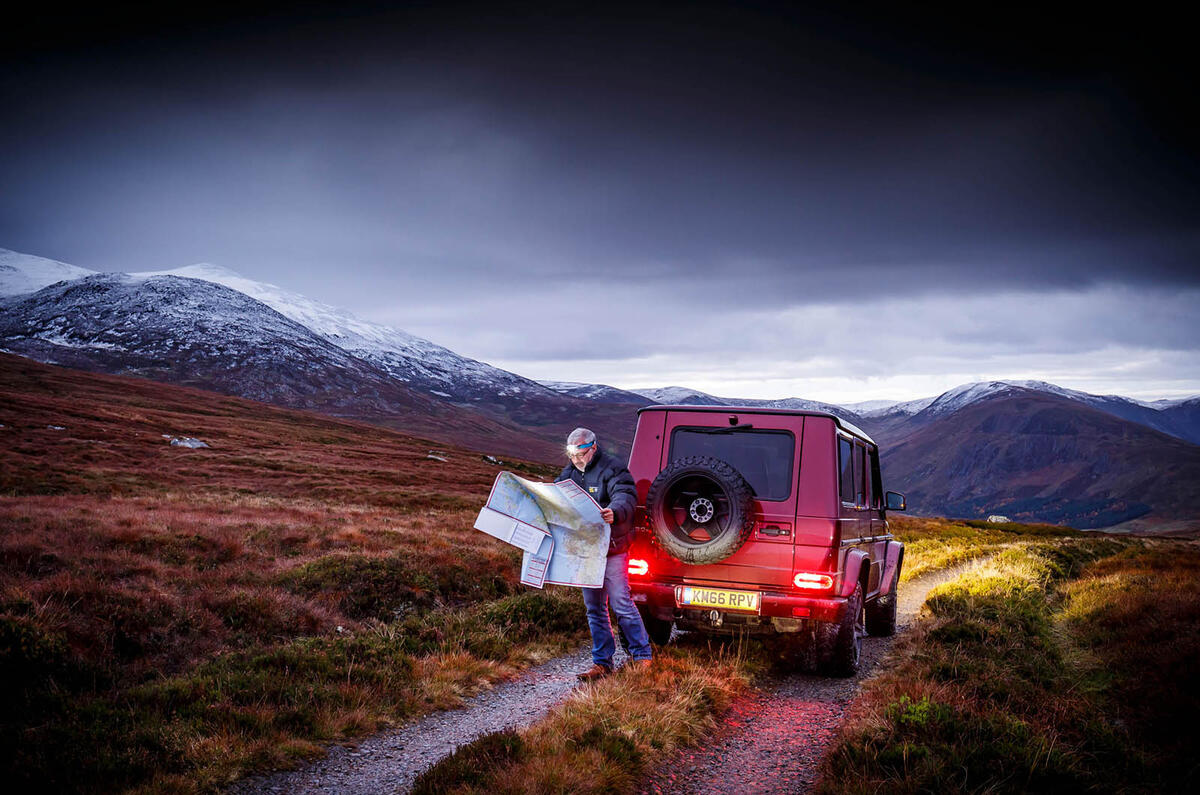
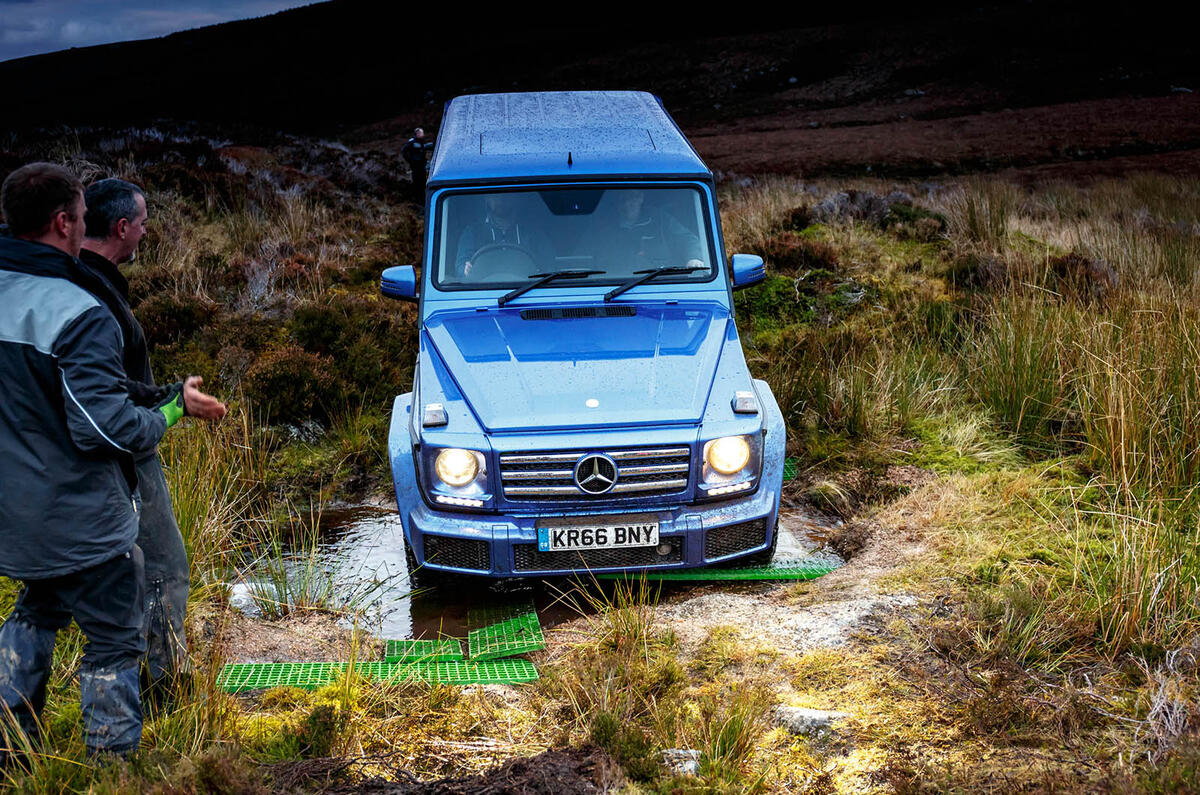
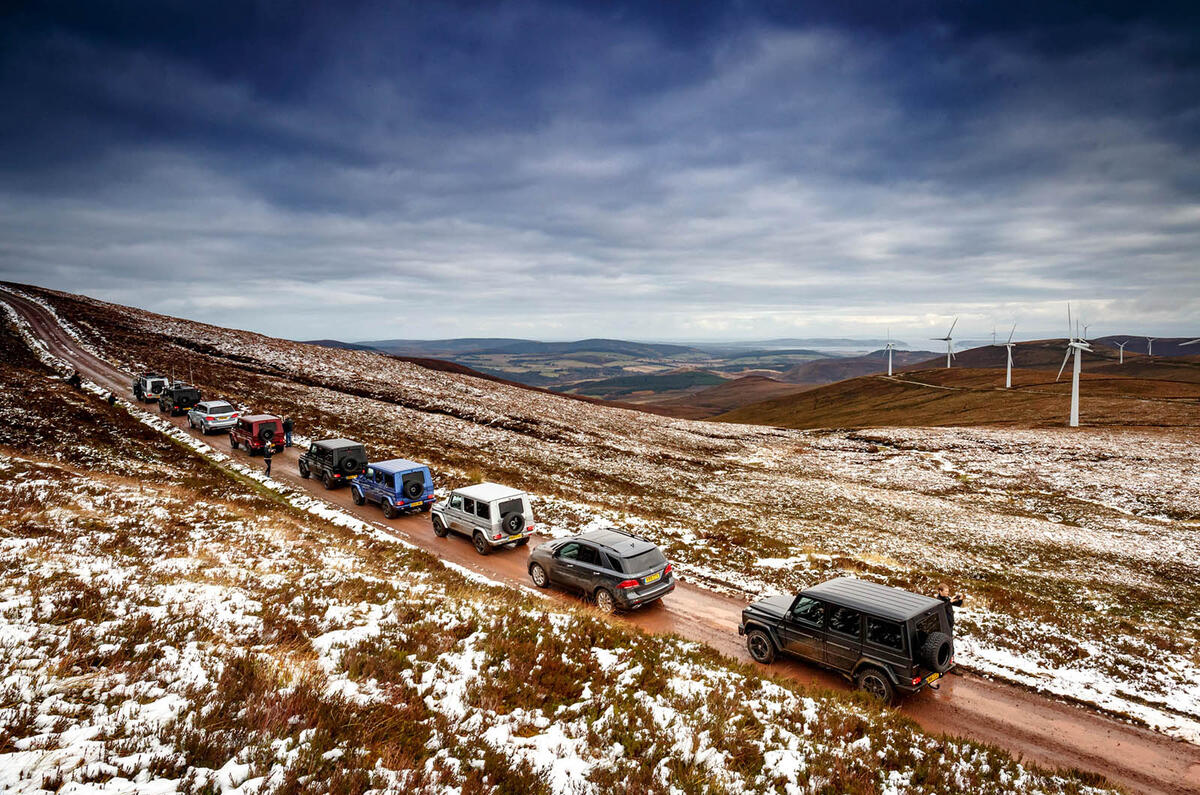
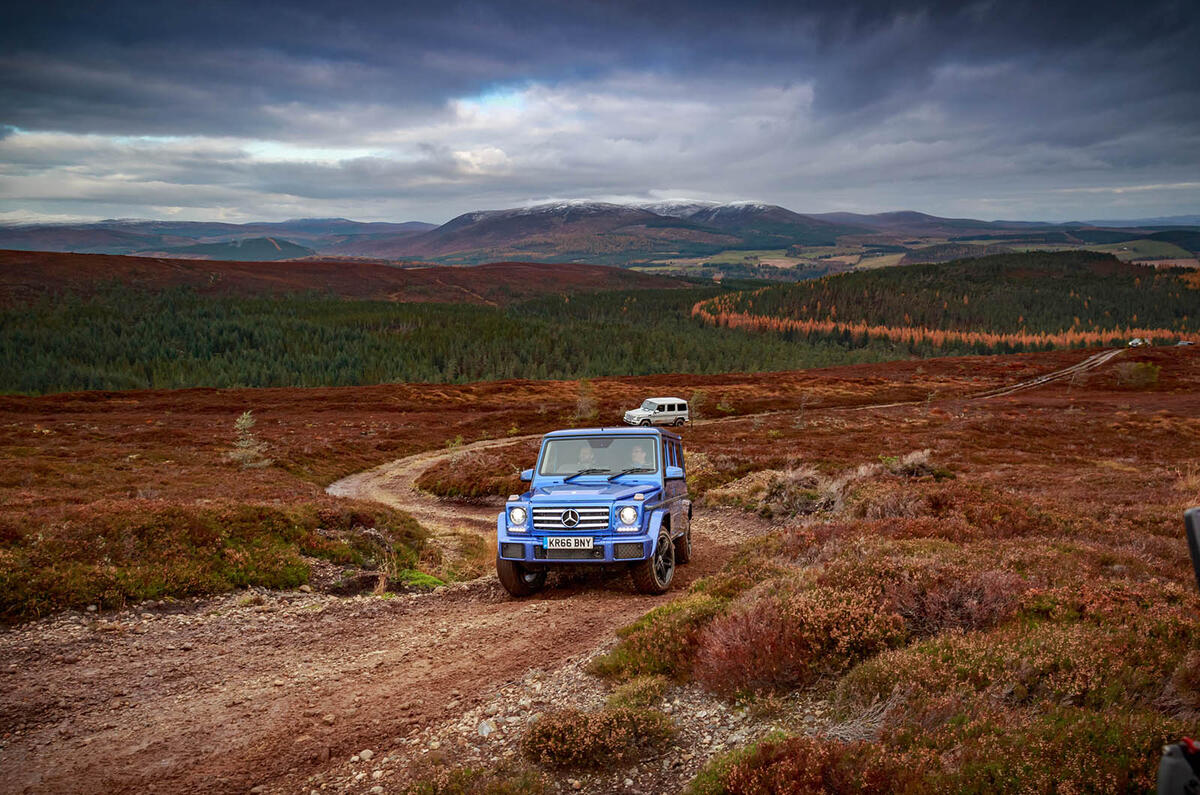

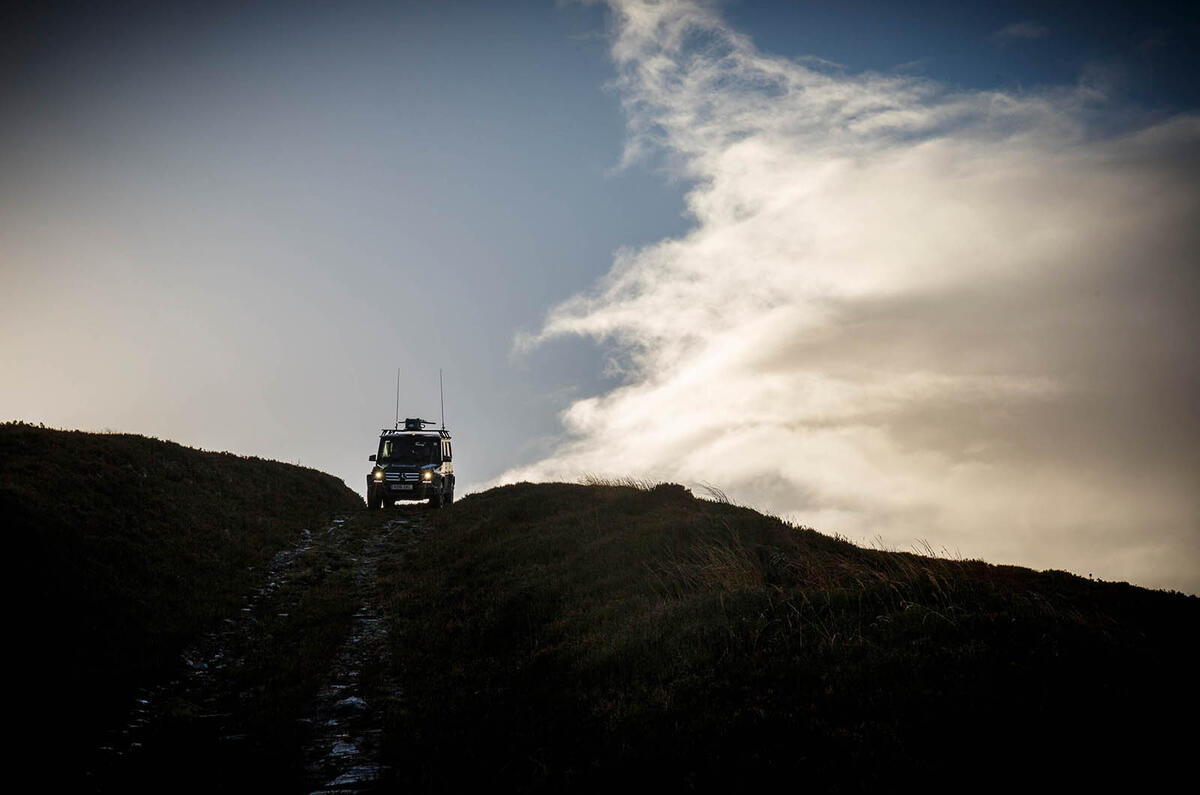
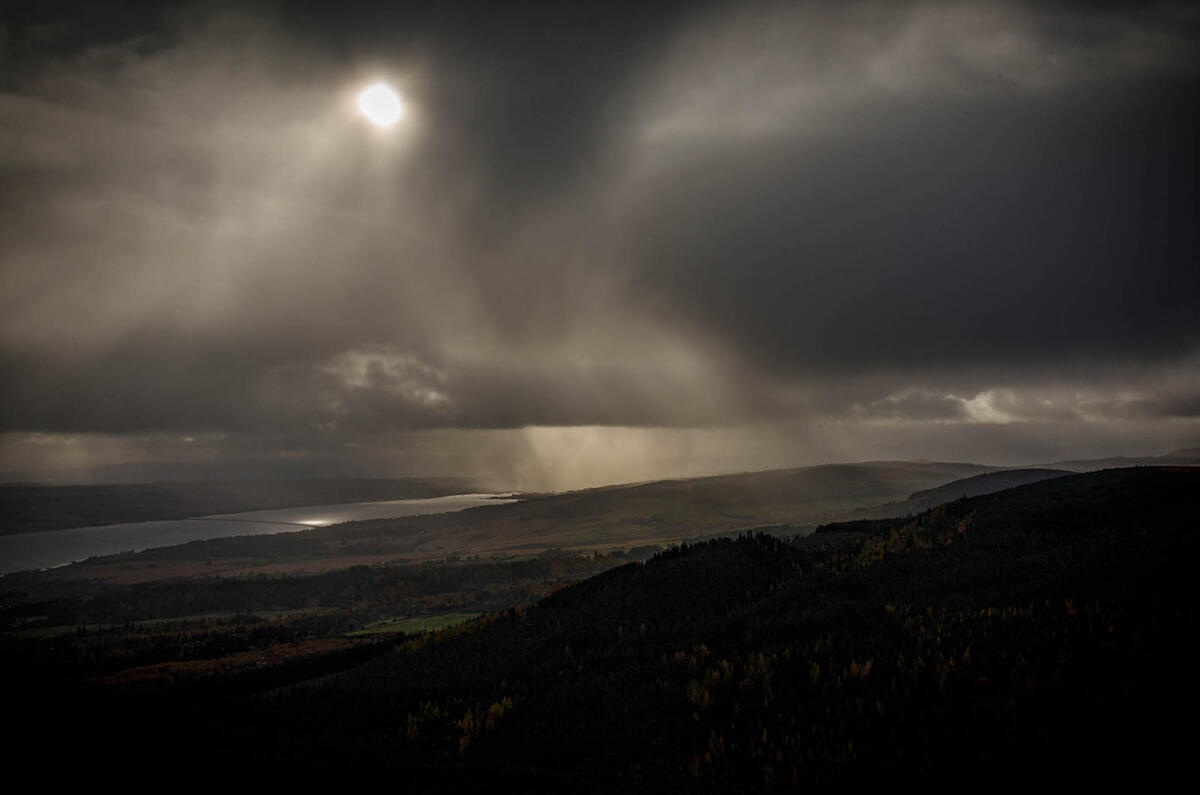
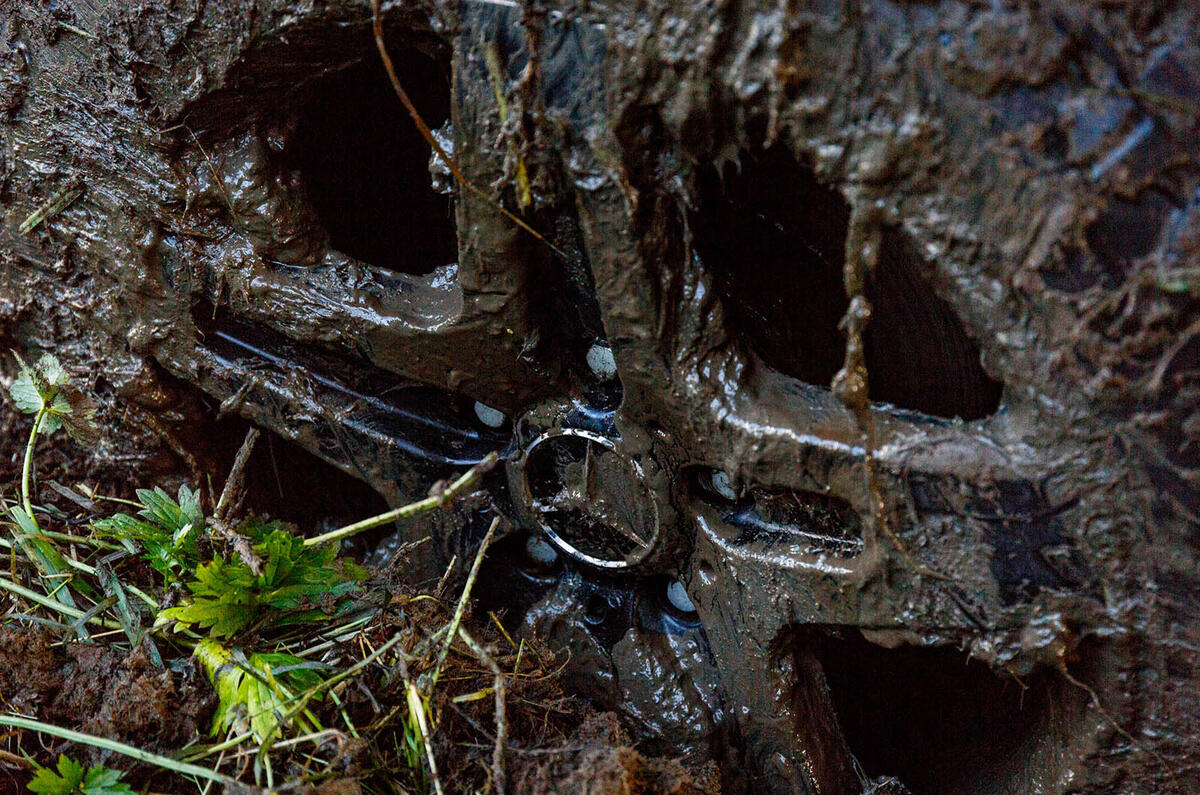
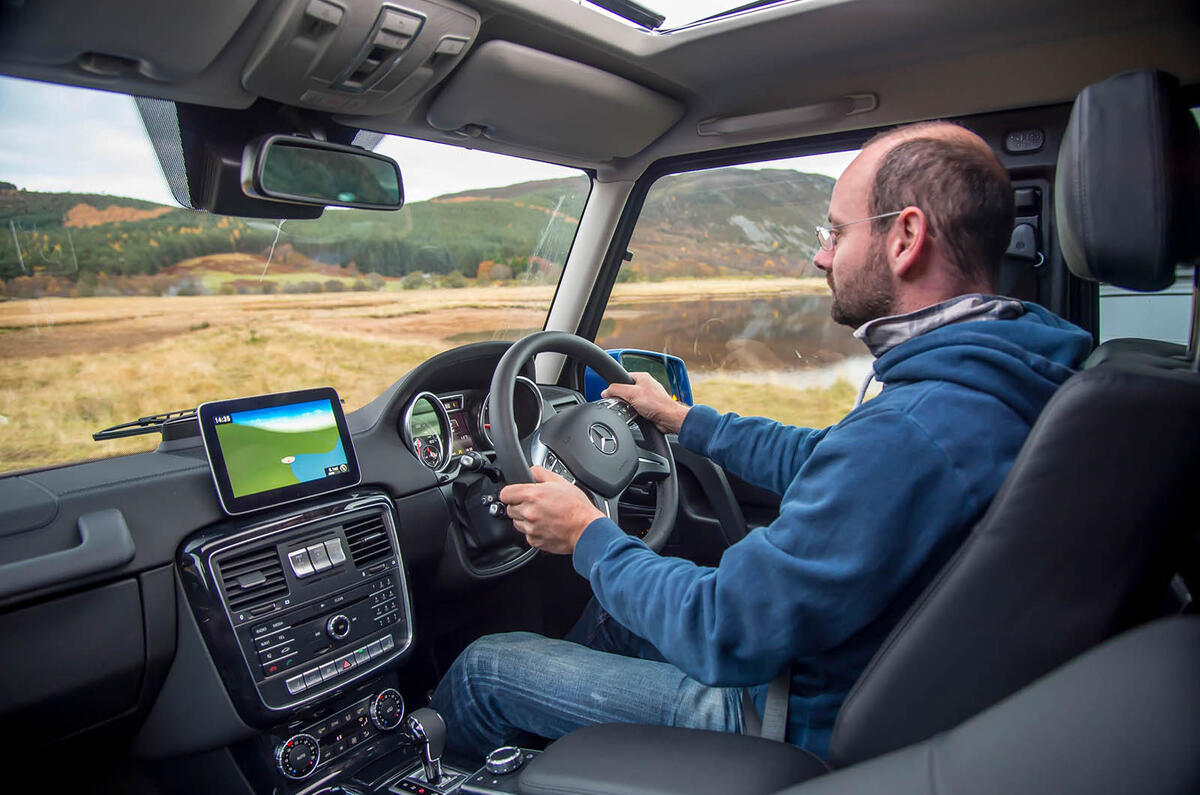

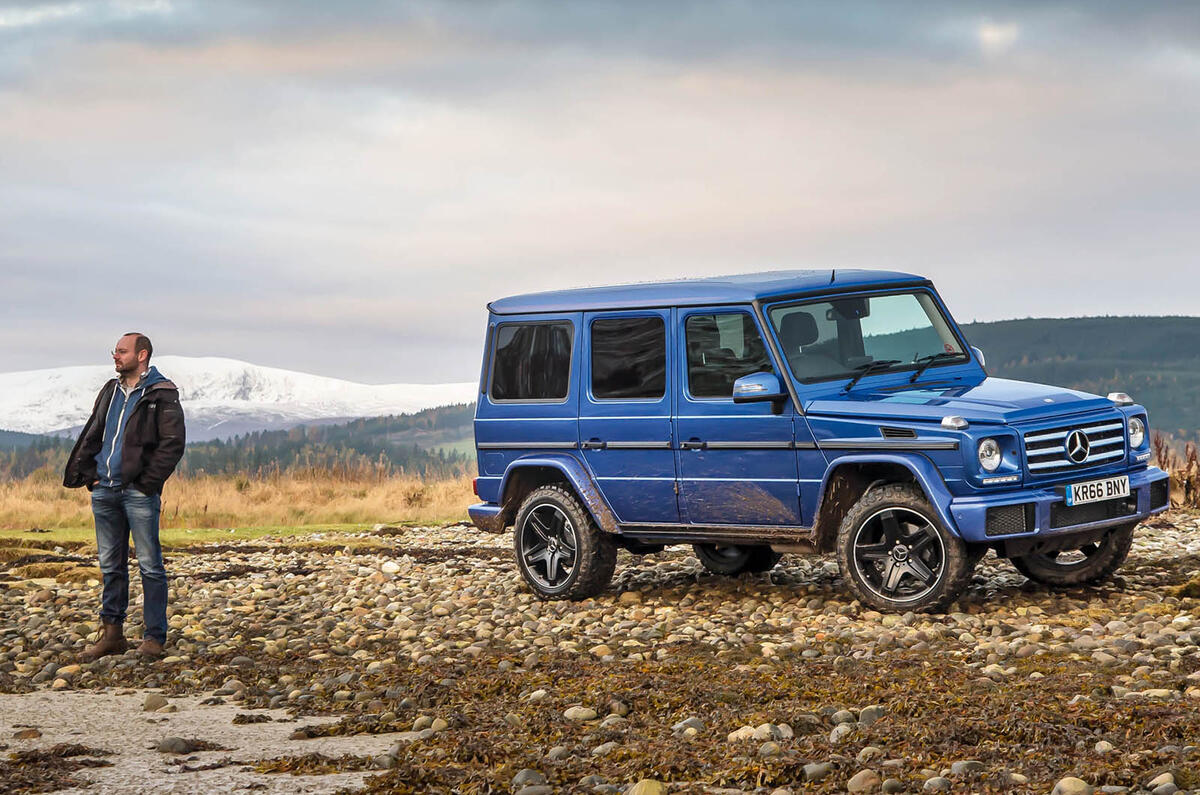
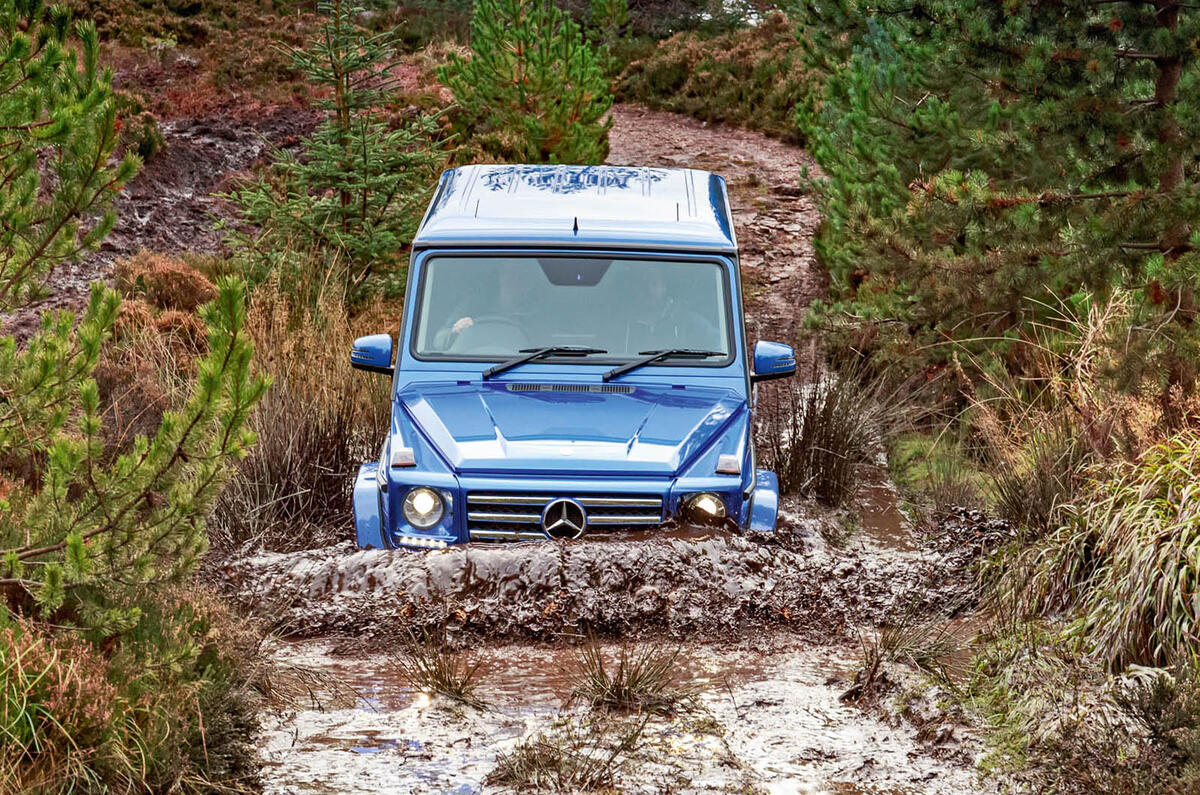
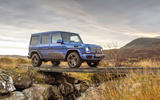
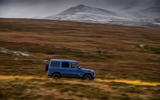
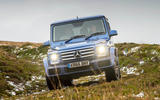
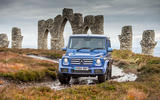

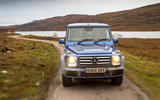

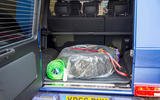

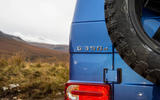

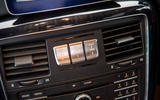

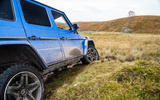
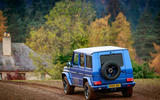





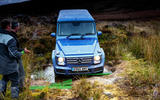







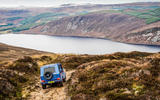

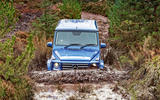

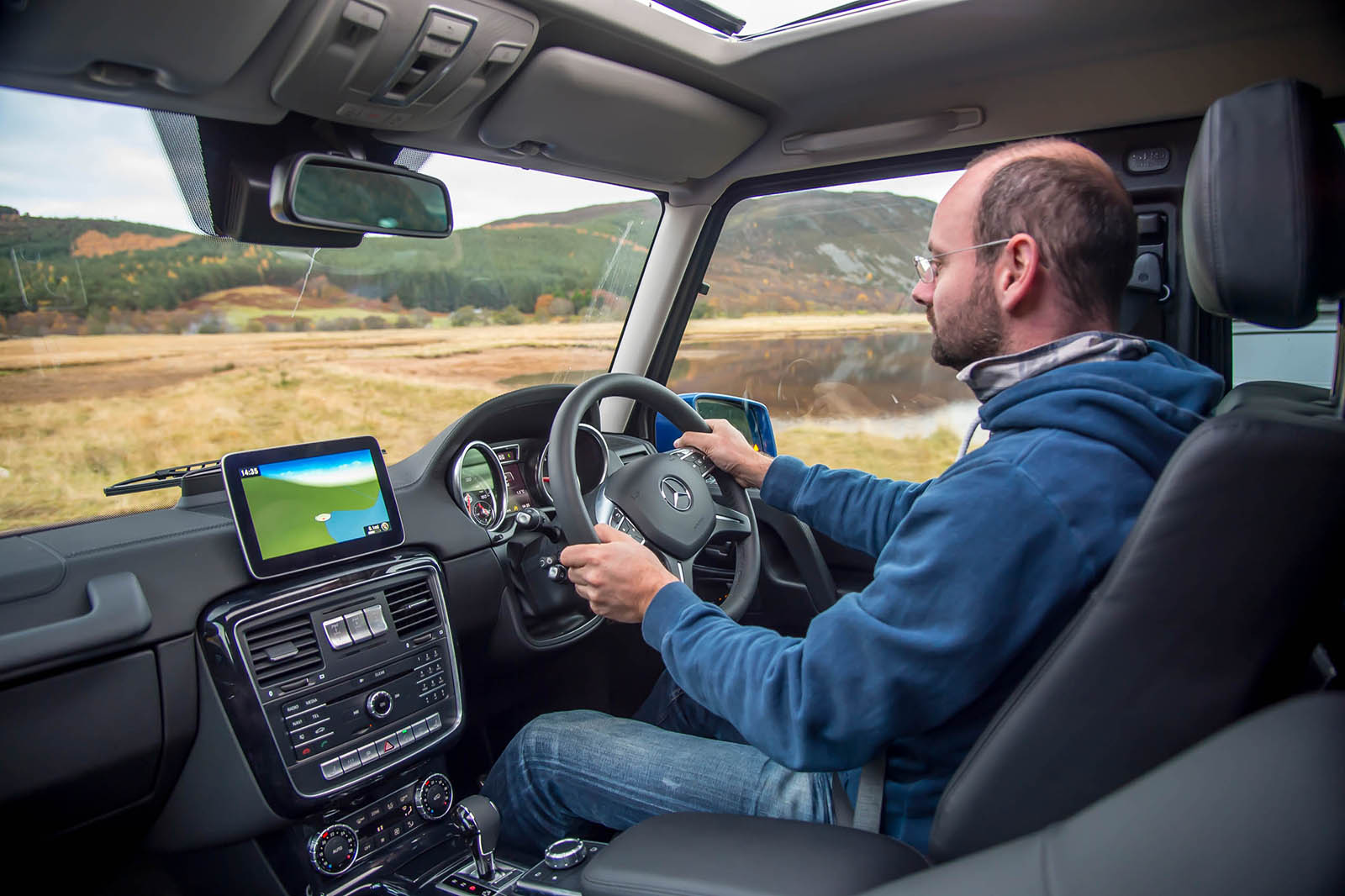
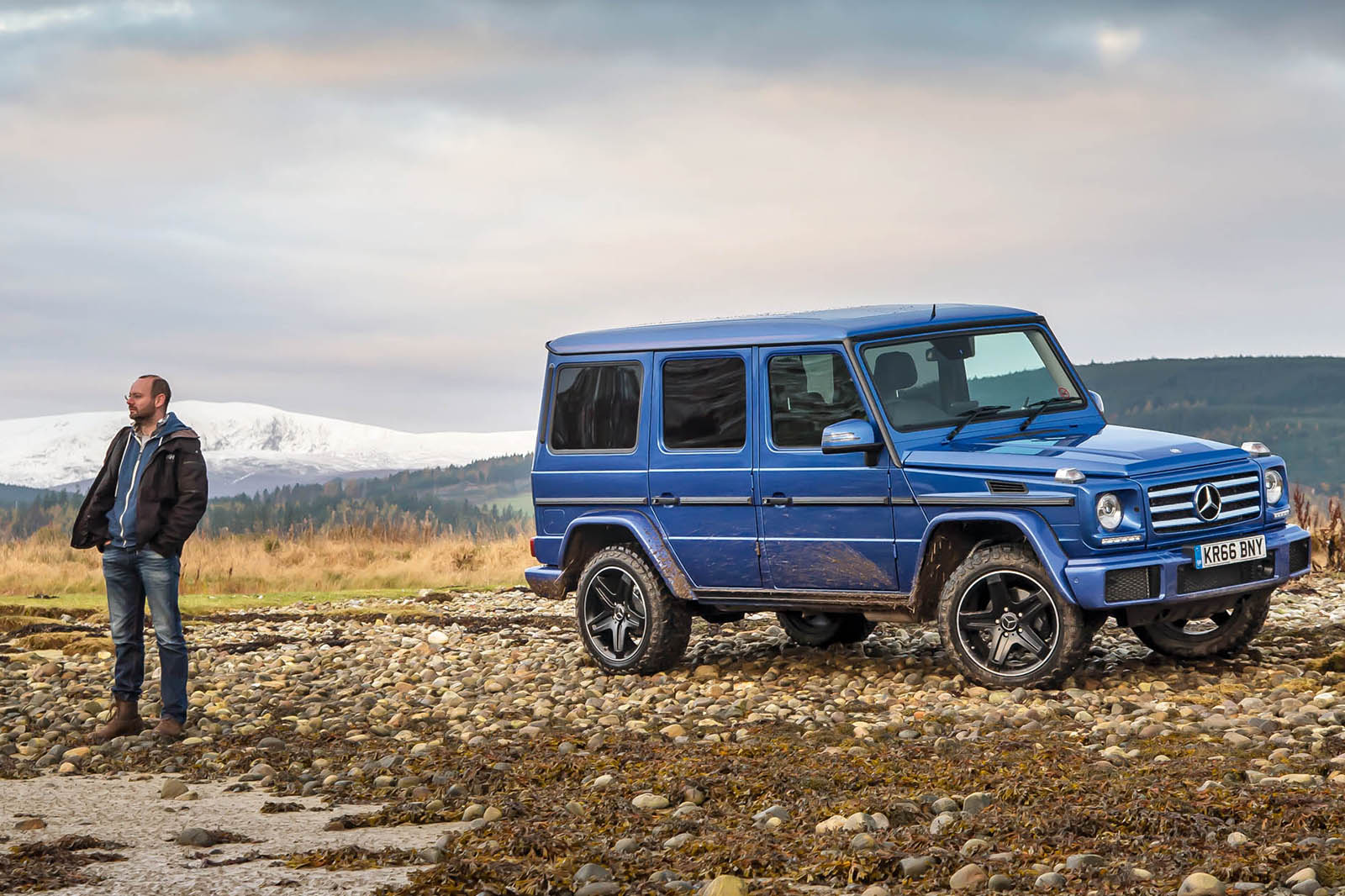
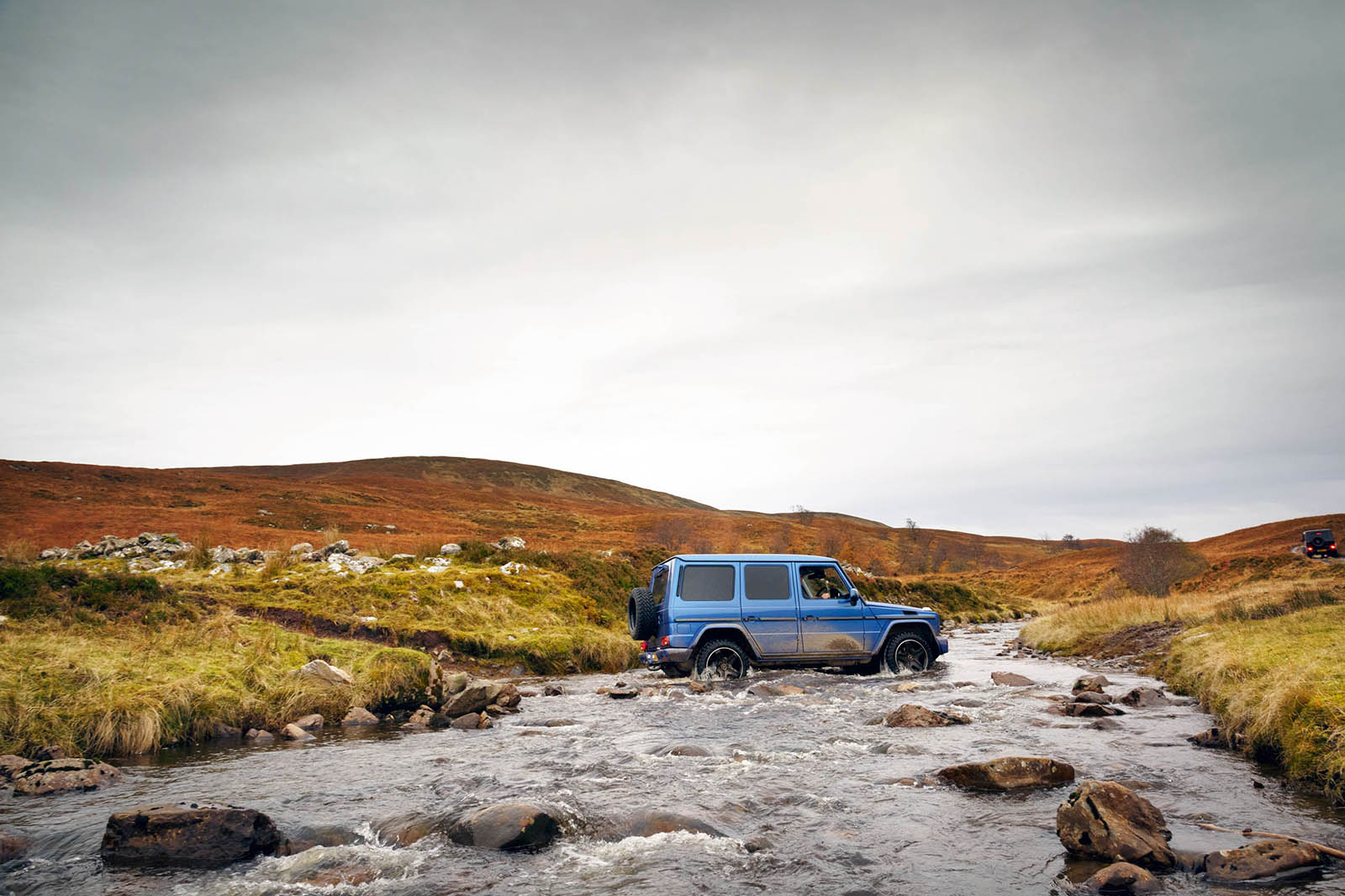




Join the debate
Add your comment
Exactly which east cost did a
..
Looks like fun.
On any expensive SUV review, can you just put the name in the headline, post a couple of pictures and ditch the journalism? Not that I have any problem with the journalism, I think it is rather good, it's just it gets in the way of the comments which are so hilarious.
For reference, check out any landrover article (yes I know this is Mercedes, but the same rule applies) can be followed by comments where someone hates suvs, another likes the blingy grille, someone takes offence, another winds someone up, someone makes an environmental point, and someone bangs on about towing horseboxes/trailers. Brilliant. Better than any crappy soap on tv.
The mercedes g spot comments just need to ferment for a couple of days to reach the above criteria.